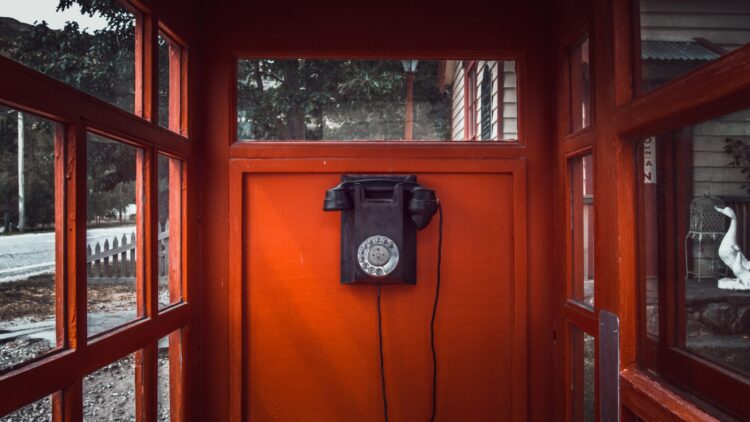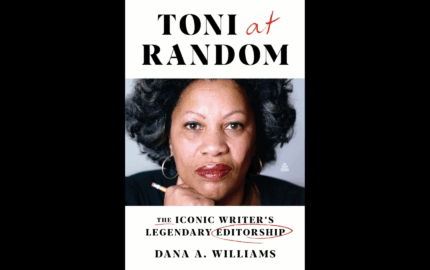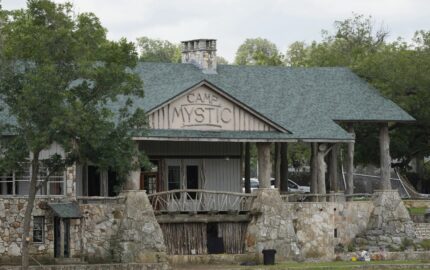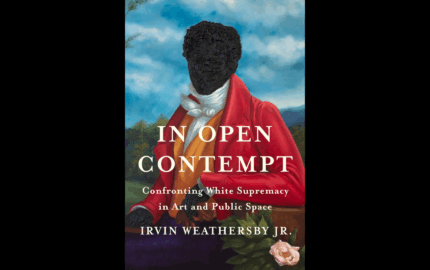By Jacqui Banaszynski
The recent issues I could write about for Storyboard are many: the pros and cons of using a thesaurus; how we both hunger for and dread feedback on our writing; navigating the ethics of anonymous sources and, alas, the latest round of disheartening layoffs in the news industry. I took special note of the column by Lydia Polgren in The New York Times about how the unwillingness of many people to pay for legit news coverage risks deepening the divide in America: The rich will have access to elite and trustworthy news sources; others will get sucked further into the cesspool of social media.
But intent was sidetracked by delight when I read about the creative approach CNN took to covering the June 13 arraignment of a certain Florida man who, upon vacating his occupancy of the White House, managed to slip out with a bit more than a souvenir ashtray. (Confession: I have two such souvenir ashtrays, purloined in my early reporting days and despite the fact that I have never been a smoker. One is from the Watergate Hotel, the other from a Playboy Club in Wisconsin. I trust the statute of limitations on my petty theft has expired. So has my memory of the guy who thought it was a good idea to take me to a Playboy Club on a date.)
The story comes from our friends at Poynter.org. I encourage you to read it. It's the top item in their analysis of "The good, the bad and the ugly" in coverage of the first appearance in United States v Donald J. Trump. Short version: No cameras or recording equipment or digital devices of any kind were allowed in the courtroom. So CNN hired some high school kids as runners. CNN reporters took notes on paper — deliciously old-school — ripped off a page at a time to hand to waiting students, who then ran down the hall to one of the two pay phones left in the courthouse, where yet another student dialed a local cell phone number with the info, which was then transferred to CNN and bam!! News almost as it happened.
I'm going to date myself here even more than I did with the ashtray confessions, but I come from an era when reporters carried rolls of quarters in the field. There was no need to bar digital devices from events: We had no digital devices. We would cover an event and rush to the nearest pay phone to dictate our notes. On competitive stories, we'd often work in teams, with one reporter gathering notes and another holding the pay phone hostage.
I was on the wrong end of that game once at a hotel in southeastern Turkey, where the press was camped in early 1991 as the Kurds fled Saddam Hussein's Iraq. A New York Times correspondent had paid — no doubt handsomely — for a local fixer to keep an open line on the only pay phone in the building. I fumed as I watched the Times' reporter calmly type his dispatch, knowing he had ample time to make his deadline. Then I got on my own kind of creative and marched down some dark streets to the local post and telegraph office. I bribed the security guards to let me in to sit on a crate in a back room, where there was an old, rotary dial phone. The connection back to the U.S. kept cutting out, so I sent my story in two paragraphs at a time. Write, dial, dictate, hang up. Write, dial, dictate, hang up — through 1,600 words.
It was a long night. But when I got back to the hotel, The New York Times reporter was waiting for me in the bar with a drink and some war-correspondent lessons I never forgot.
I still like the story I filed, though I've never been sure about the lede.
The recent issues I could write about for Storyboard are many: the pros and cons of using a thesaurus; how we both hunger for and dread feedback on our writing; navigating the ethics of anonymous sources and, alas, the latest round of disheartening layoffs in the news industry. I took special note of the column by Lydia Polgren in The New York Times about how the unwillingness of many people to pay for legit news coverage risks deepening the divide in America: The rich will have access to elite and trustworthy news sources; others will get sucked further into the cesspool of social media.
But intent was sidetracked by delight when I read about the creative approach CNN took to covering the June 13 arraignment of a certain Florida man who, upon vacating his occupancy of the White House, managed to slip out with a bit more than a souvenir ashtray. (Confession: I have two such souvenir ashtrays, purloined in my early reporting days and despite the fact that I have never been a smoker. One is from the Watergate Hotel, the other from a Playboy Club in Wisconsin. I trust the statute of limitations on my petty theft has expired. So has my memory of the guy who thought it was a good idea to take me to a Playboy Club on a date.)
The story comes from our friends at Poynter.org. I encourage you to read it. It's the top item in their analysis of "The good, the bad and the ugly" in coverage of the first appearance in United States v Donald J. Trump. Short version: No cameras or recording equipment or digital devices of any kind were allowed in the courtroom. So CNN hired some high school kids as runners. CNN reporters took notes on paper — deliciously old-school — ripped off a page at a time to hand to waiting students, who then ran down the hall to one of the two pay phones left in the courthouse, where yet another student dialed a local cell phone number with the info, which was then transferred to CNN and bam!! News almost as it happened.
I'm going to date myself here even more than I did with the ashtray confessions, but I come from an era when reporters carried rolls of quarters in the field. There was no need to bar digital devices from events: We had no digital devices. We would cover an event and rush to the nearest pay phone to dictate our notes. On competitive stories, we'd often work in teams, with one reporter gathering notes and another holding the pay phone hostage.
I was on the wrong end of that game once at a hotel in southeastern Turkey, where the press was camped in early 1991 as the Kurds fled Saddam Hussein's Iraq. A New York Times correspondent had paid — no doubt handsomely — for a local fixer to keep an open line on the only pay phone in the building. I fumed as I watched the Times' reporter calmly type his dispatch, knowing he had ample time to make his deadline. Then I got on my own kind of creative and marched down some dark streets to the local post and telegraph office. I bribed the security guards to let me in to sit on a crate in a back room, where there was an old, rotary dial phone. The connection back to the U.S. kept cutting out, so I sent my story in two paragraphs at a time. Write, dial, dictate, hang up. Write, dial, dictate, hang up — through 1,600 words.
It was a long night. But when I got back to the hotel, The New York Times reporter was waiting for me in the bar with a drink and some war-correspondent lessons I never forgot.
I still like the story I filed, though I've never been sure about the lede.



